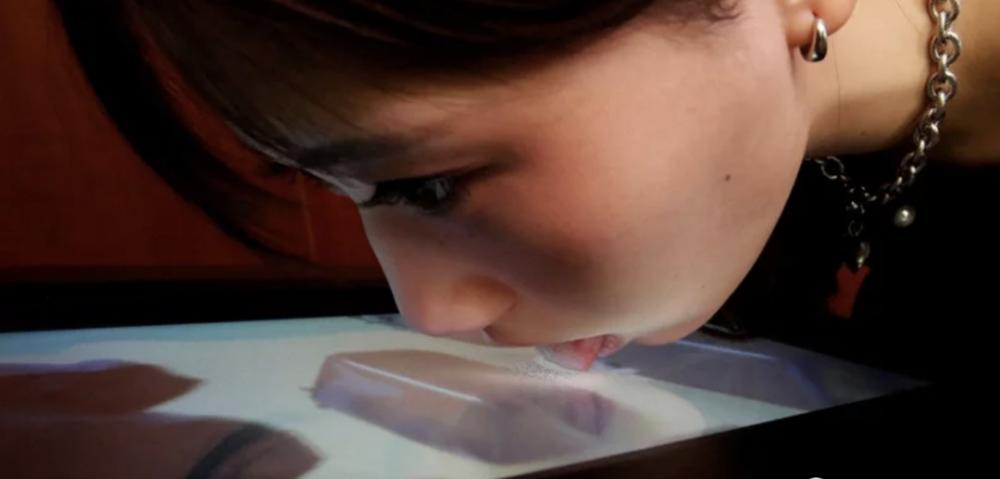
The principle is that the TV contains 10 cans of flavor spray, which can be combined with each other to spray on a specially designed film to combine the flavors of different foods for the audience to "taste".
If the filming is good enough, the food programs and advertisements on the TV can always use sound and light to make everyone's index finger move, but what if there is really a day when you watch the program and taste the food in the program? Can tv also satisfy the taste of one of the five senses? Okay, there's really someone making a TV that can be "licked"!
According to Reuters, Homei Miyashita, a professor at Meiji University in Japan who specializes in human-computer interaction interfaces, has developed a TV prototype that can be called "Taste the TV" (TTTV), which is based on the principle that the TV contains 10 cans of flavor spray, which can be combined with each other to spray on a specially designed film to combine the tastes of different foods for the audience to "taste".
In the exhibition, the TV accurately simulates the flavor of chocolate, although it sounds a bit anti-human at first, but of course it is a disposable film with hygiene concerns in mind.
Professor Miyashita said that under the restrictions of the new crown epidemic, this TV that can be "tasted" is hoped that people can feel the dining experience of going out even if they stay at home. Of course, if this TV is used for commercial purposes, it also has the potential for remote cooking teaching and professional taste testing.
The TV took the research team about a year to build, and Professor Miyashita said that if the machine entered the official commercial version, it would only cost 100,000 yen.
- End -